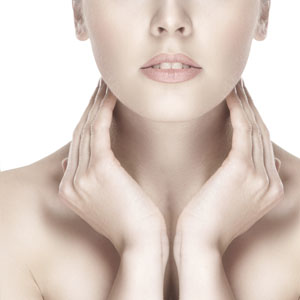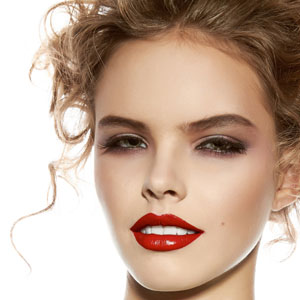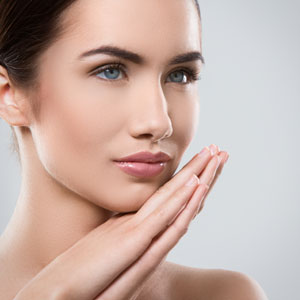By Doctor Franck Amoyel
Nowadays, 50% of dentist appointments are purely cosmetic. The positive effects of an attractive smile, both on the individual and on other people, have been well proven. The smile is a powerful asset for seduction and communication.
Cosmetic dentistry enables us to beautify a smile, lighten the teeth, change their shape, repair any wear and tear, and correct any crookedness. The preparation of the teeth is minimal, and any action tends to be as non-invasive as possible. This made-to-measure dentistry, which uses non-metallic materials, is comparable with haute couture or goldsmithery.
Whitening
Whitening enables us to change the colour of the teeth without affecting their structure. The product used (usually hydrogen peroxide or a product that releases it) penetrates into the teeth to eliminate any pigmentation, then disappears without causing any damage. The legally-permitted concentration of hydrogen peroxide has been reduced from 35% to 6%, which means that the technique has somewhat lost its appeal. Not all techniques are equally effective, but outpatient treatments are now the norm. Patients must be committed, as the results depend on how disciplined they are at carrying out the treatments at home. Patients must wear a transparent vinyl mouthpiece containing whitening gel for 40 minutes per day over two weeks.
Important points
– No whitening treatment should be undertaken without a prior oral and dental assessment
– Guidelines prohibit tooth whitening in patients under the age of 18
– Yellow teeth whiten better than grey teeth, and the results vary from one patient to the next
– Smokers will not achieve as good results as non-smokers, and they will not last as long
– Severely discoloured teeth will barely lighten at all, so veneers are the recommended treatment in this case
– The results of a whitening treatment are only temporary, and will fade over time
– Prices range between €300 and €700
Veneers
Ceramic veneers are the most effective cosmetic treatment for correcting the contours, colour and size of the teeth. Unlike dental crowns, veneers only cover the visible face of the tooth, not the whole tooth. They therefore cannot be used to restore severely damaged teeth.
Two generations of veneers
– Traditional veneers, which require the gentle abrasion of the enamel. The teeth are therefore filed down in an irreversible way. Temporary resin veneers are used to correct the smile before the final ceramic veneers are fixed to the teeth.
– Ultra-thin veneers, which do not affect the tooth itself. With a thickness of 0.2 to 0.3mm (as thin as a contact lens), they are thinner than traditional veneers and are glued directly onto the teeth, with no need for abrasion. This also means that no temporary veneers are used. They only require a micro-polish to fix them. They are generally designed and manufactured according to high-tech digital processes, which ensures consistent production quality.
Maintenance
We must remember that veneers do not protect the teeth from cavities and other dental problems. Good oral hygiene (brushing twice to three times per day, flossing, regular appointments with a dental surgeon) is essential for protecting these made-to-measure gems. Prices are between €4,000 and €6,000 for 6 to 8 veneers. The results last around 10 years.
Adult orthodontics
An orthodontic treatment can be carried out if the teeth overlap, are crooked or if there are gaps in between them.
The procedure involves fitting invisible braces. These are transparent, removable mouthpieces that are worn daily over the course of a few weeks, which gently and gradually move the teeth into place. They are then replaced by a different mouthpiece, and it takes around twelve months to achieve a straight set of teeth. These mouthpieces can also be used with a whitening gel; we can thus move the teeth while whitening them.
Certificate of Higher Studies in Oral Biology; Certificate of Higher Studies in Periodontology; University Degree in Periodontics and Implanvology; Member of the French Implantology Association; Degree in Global Advanced Dentistry
















